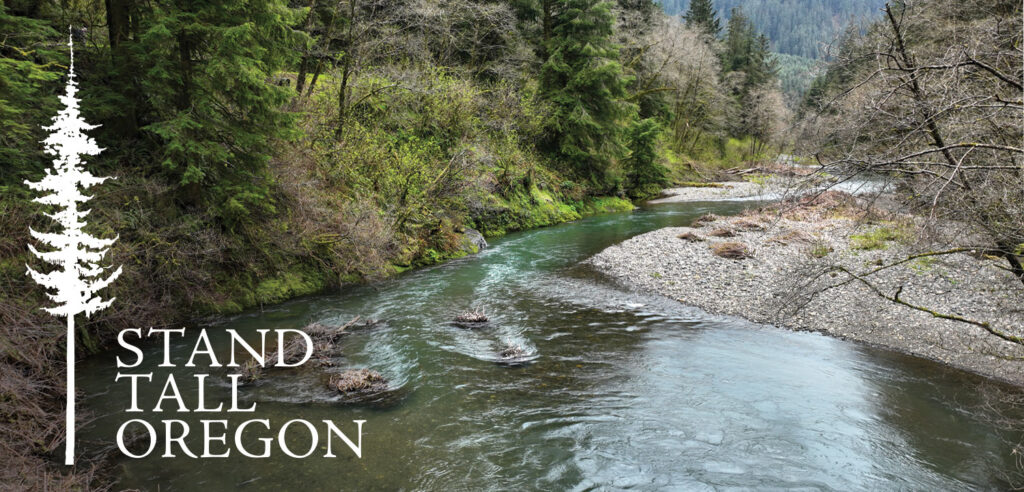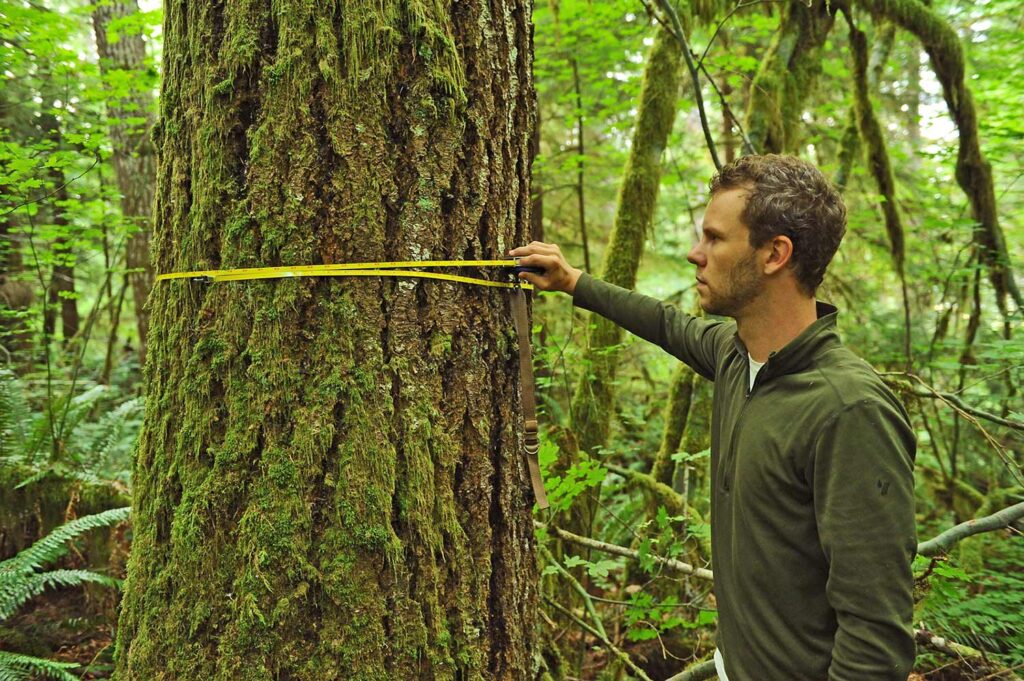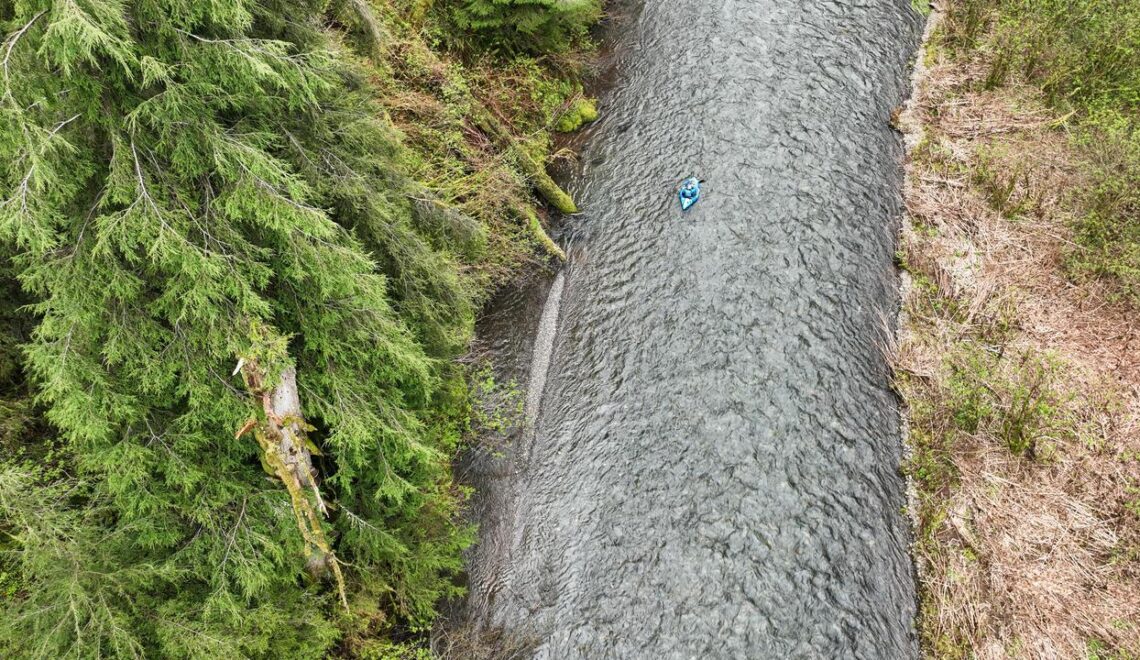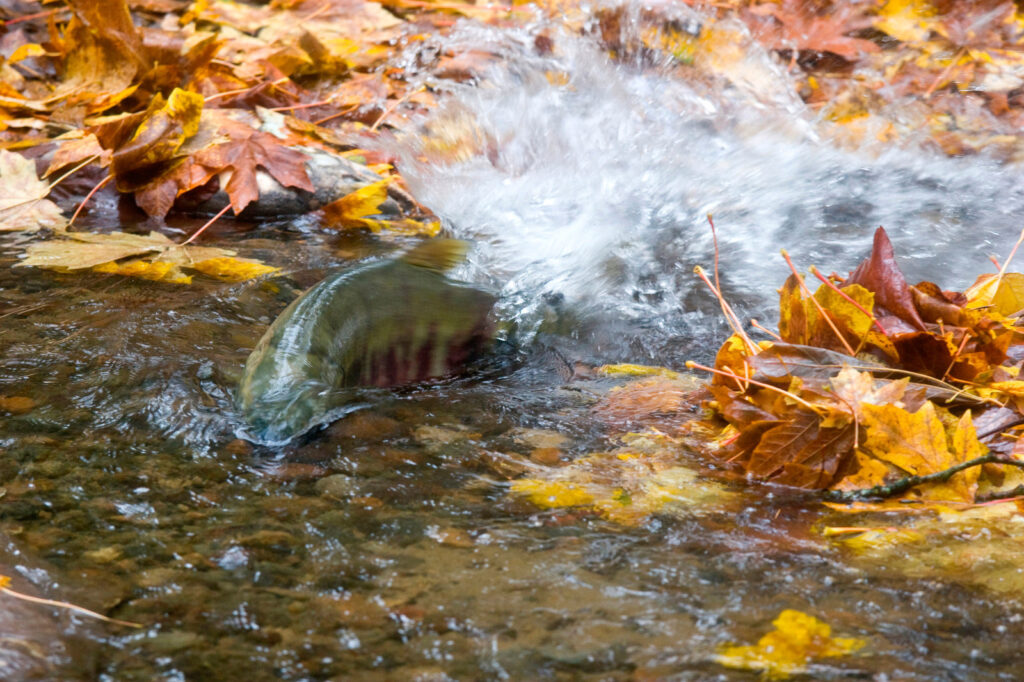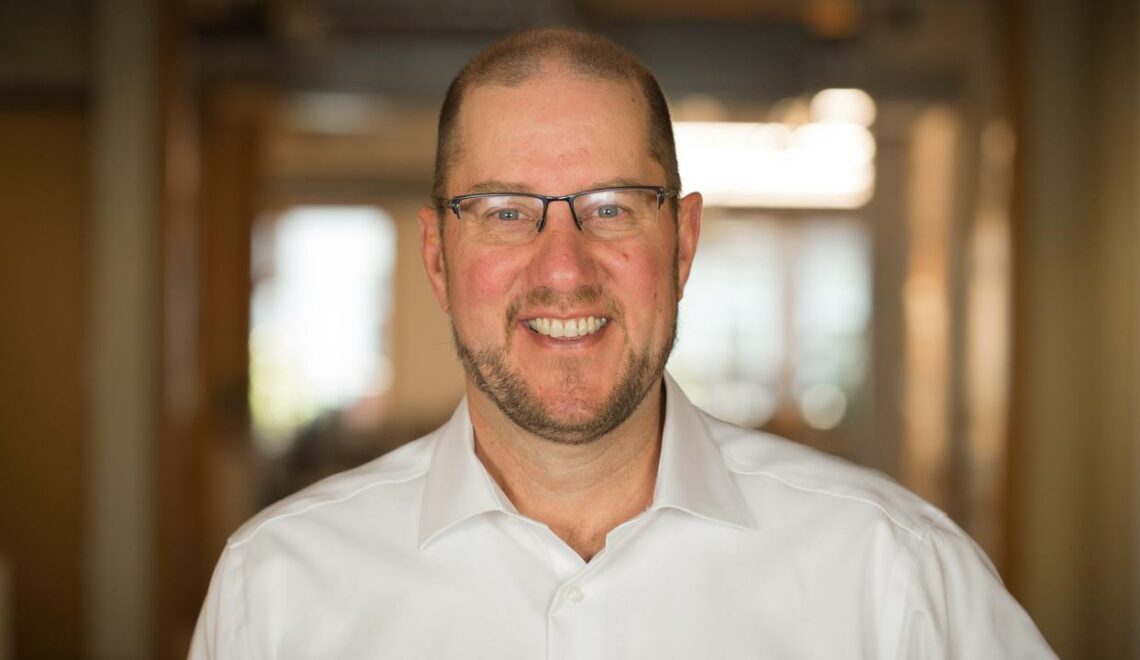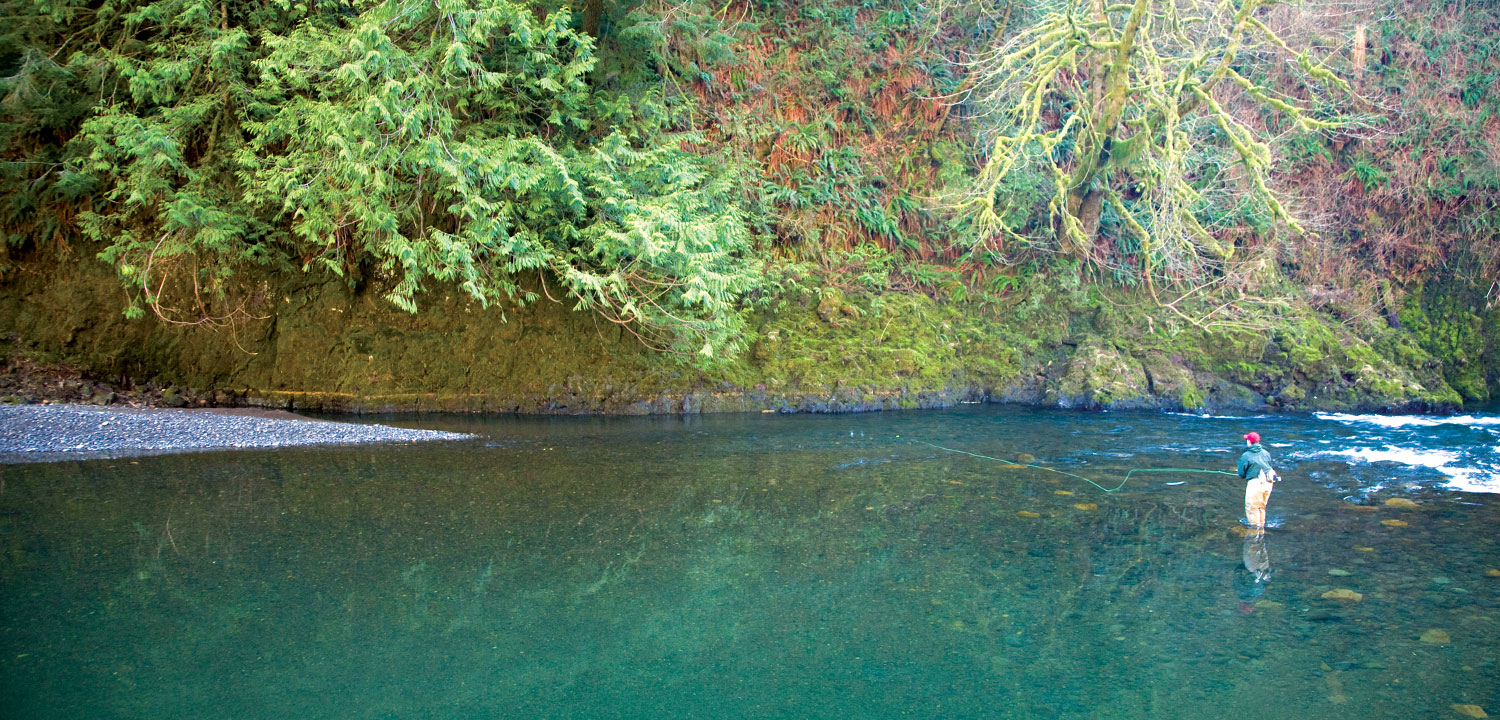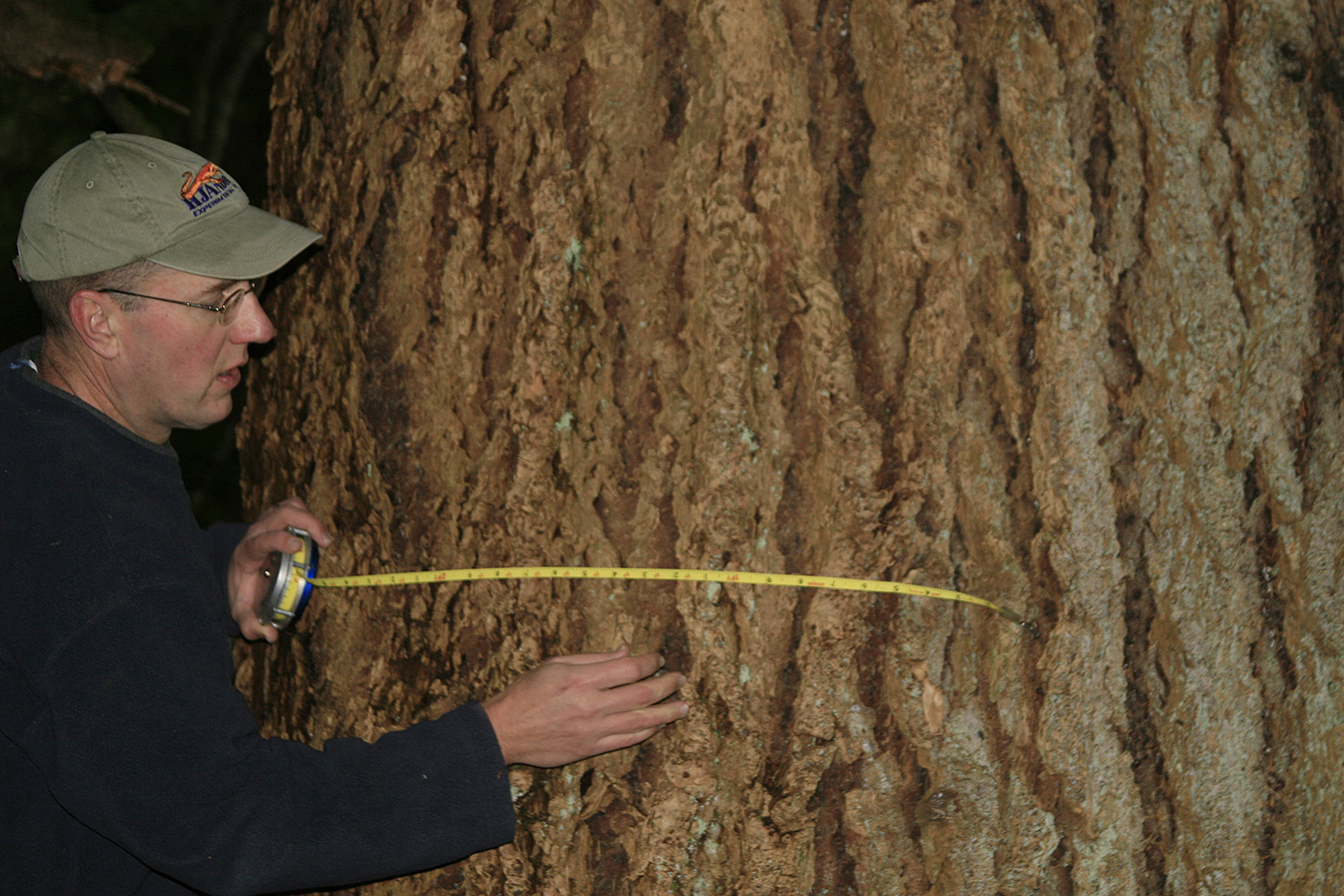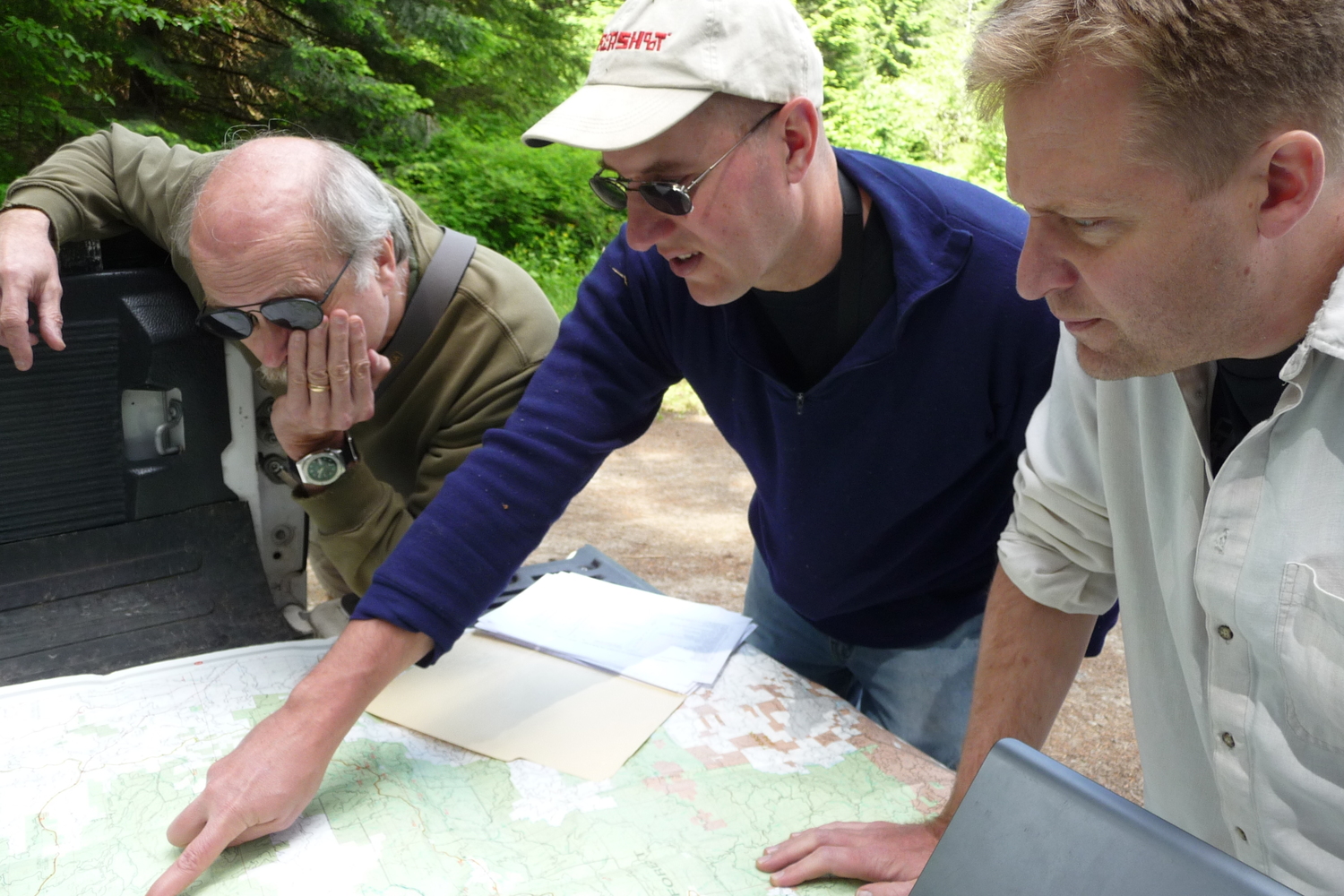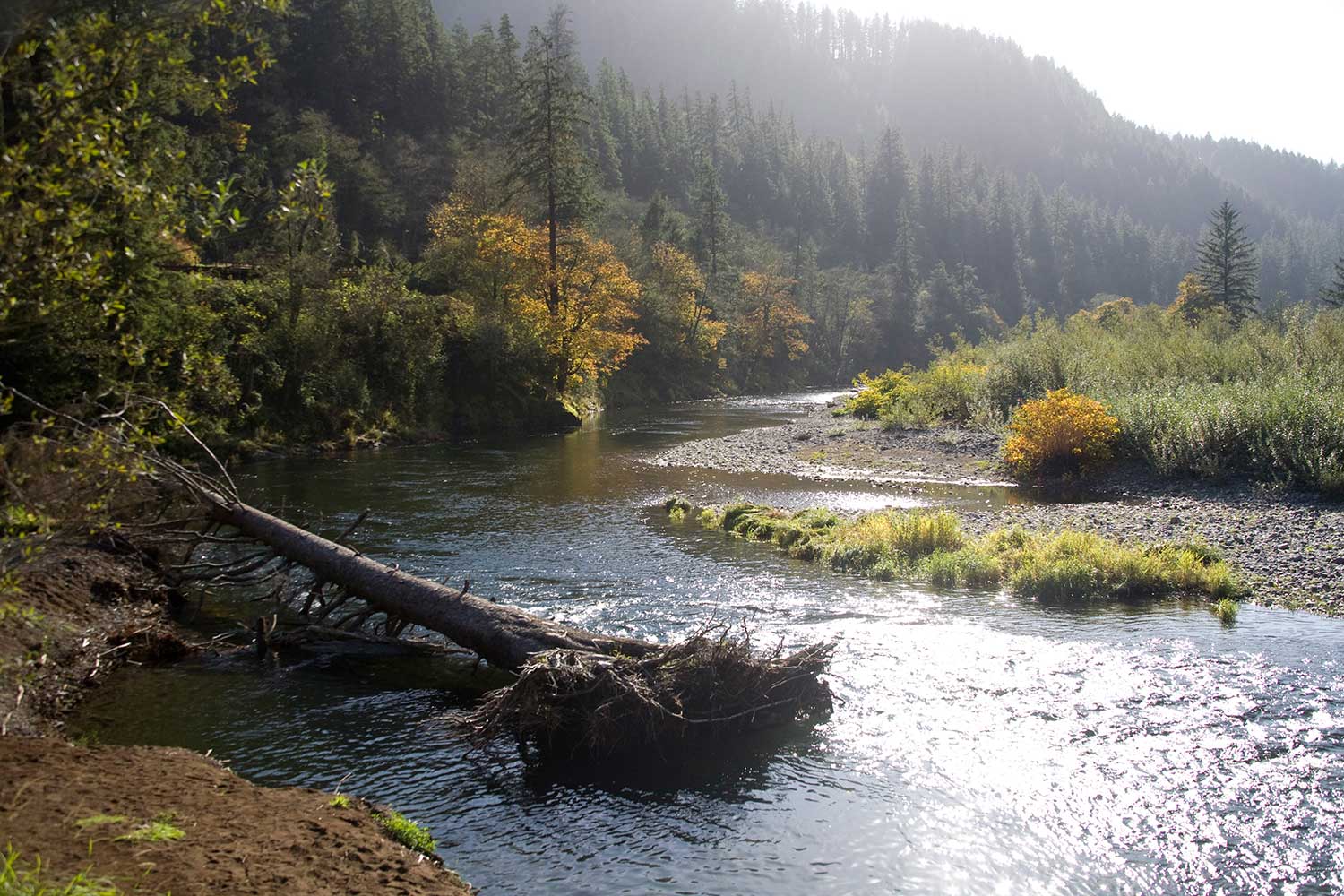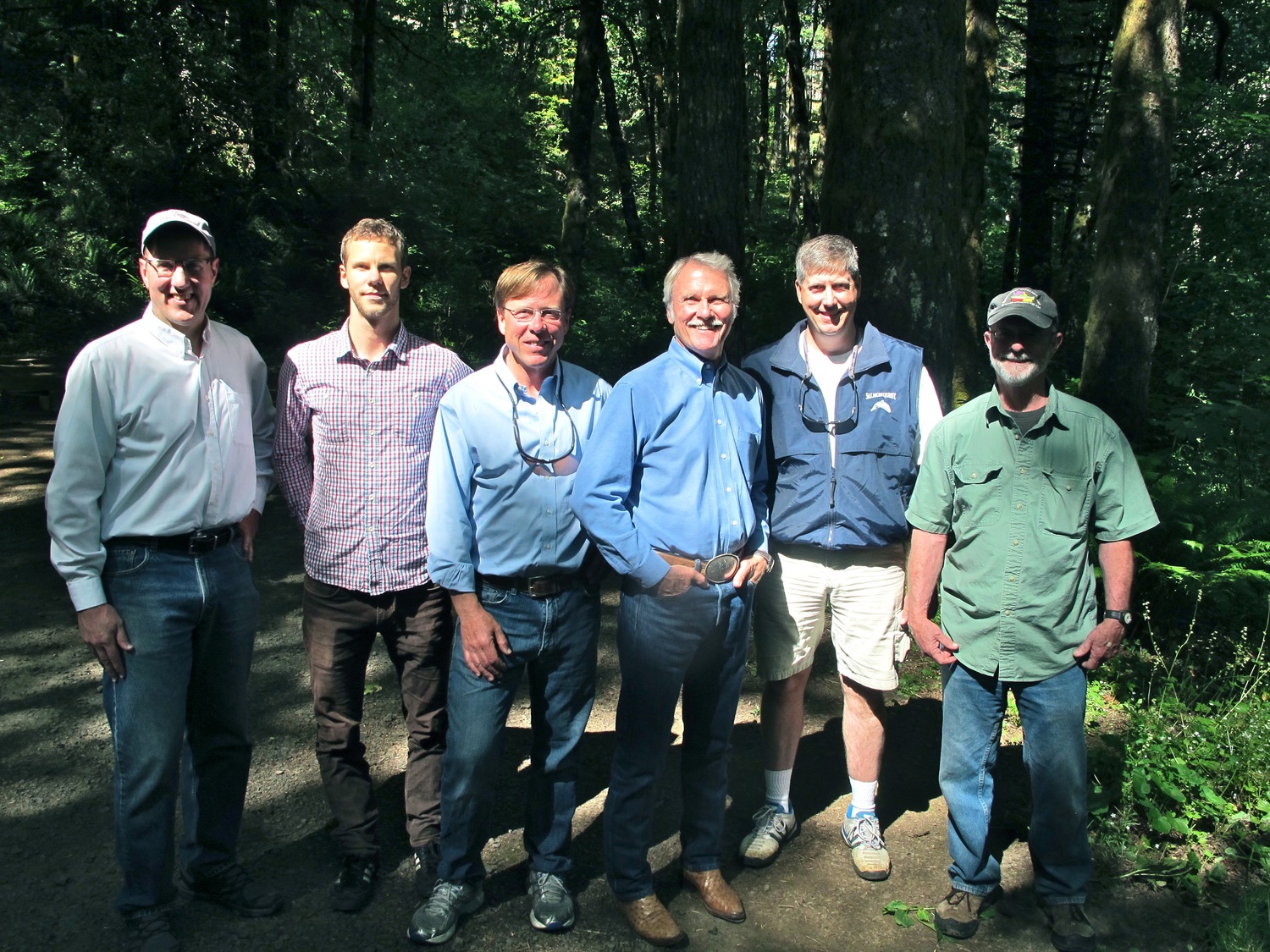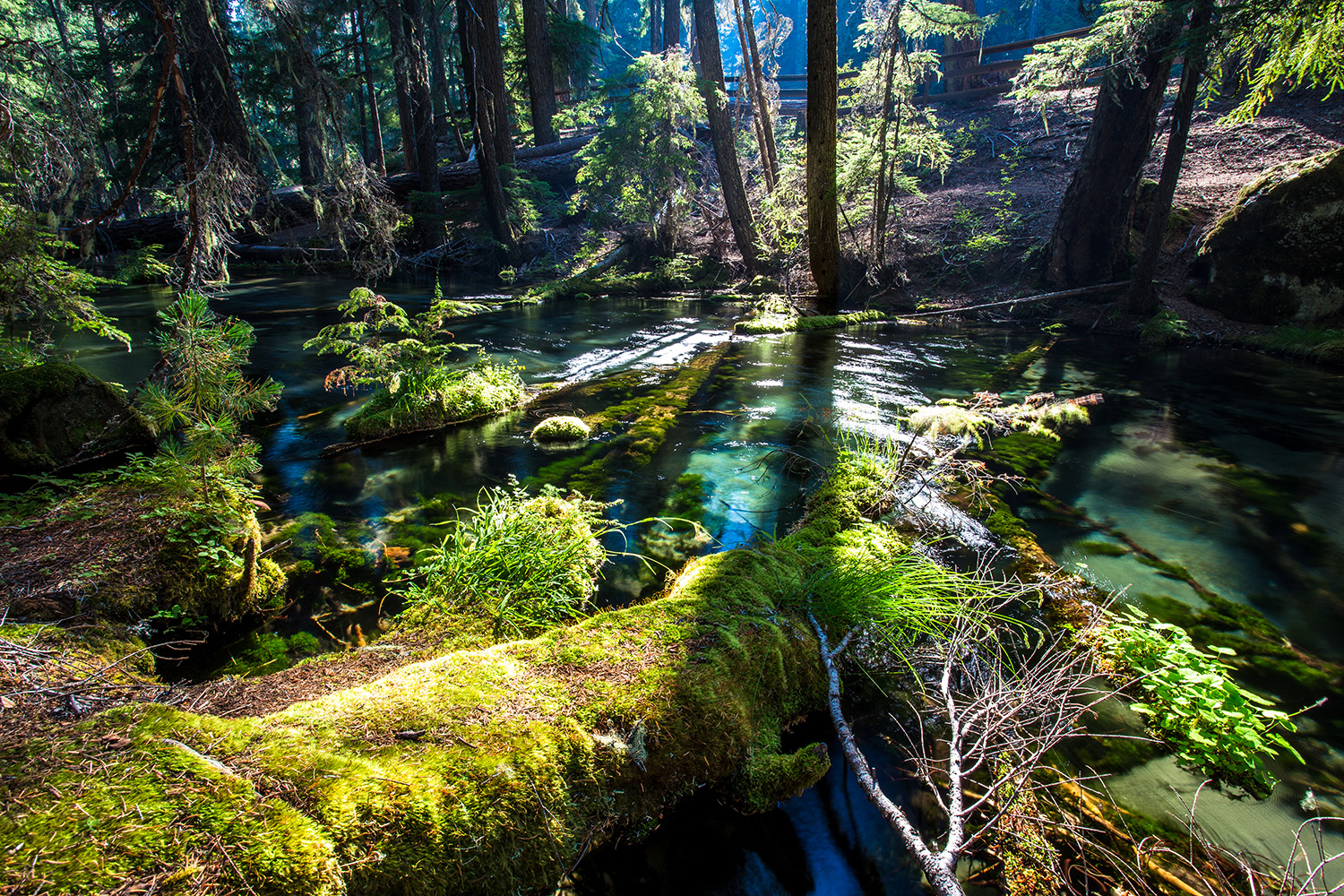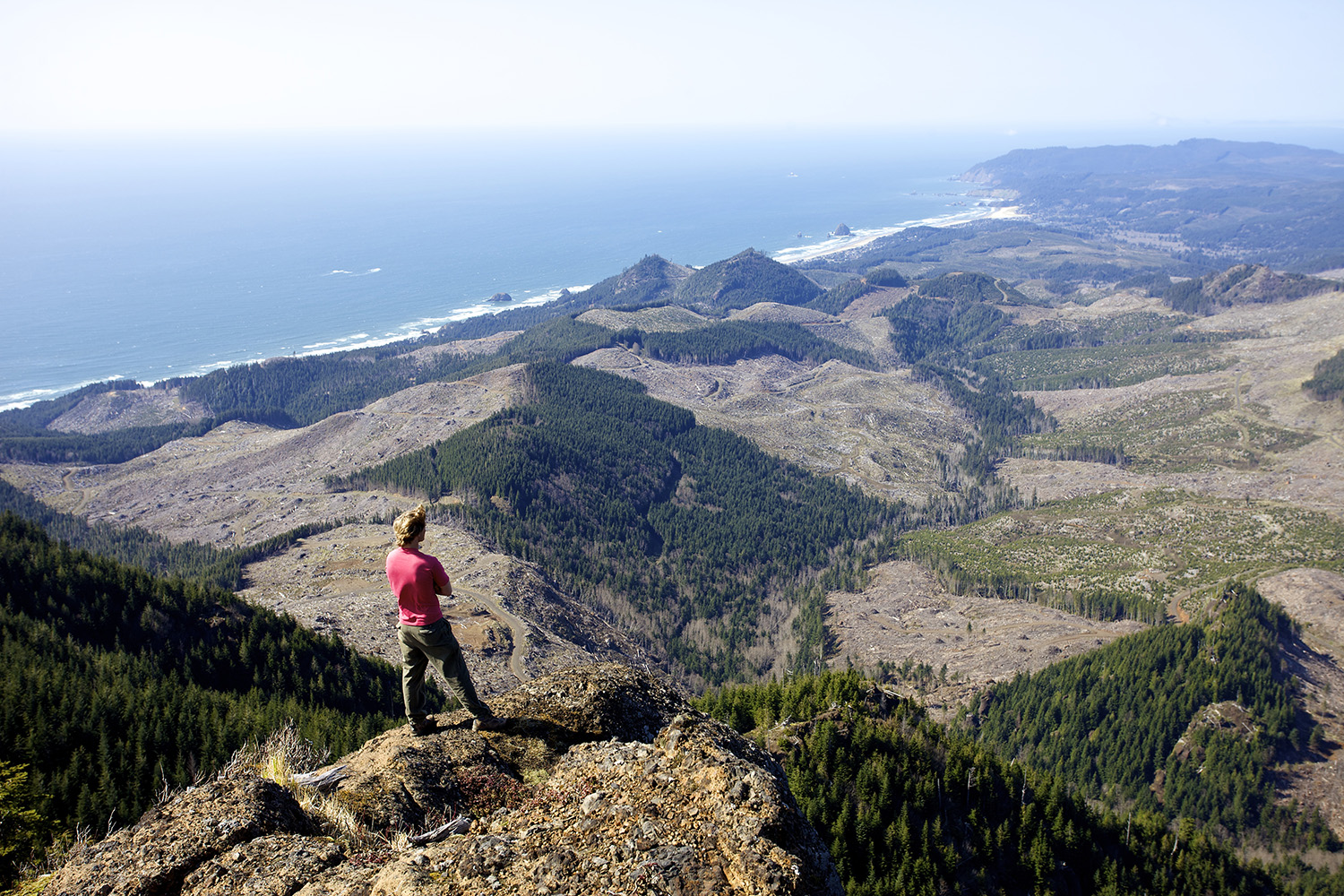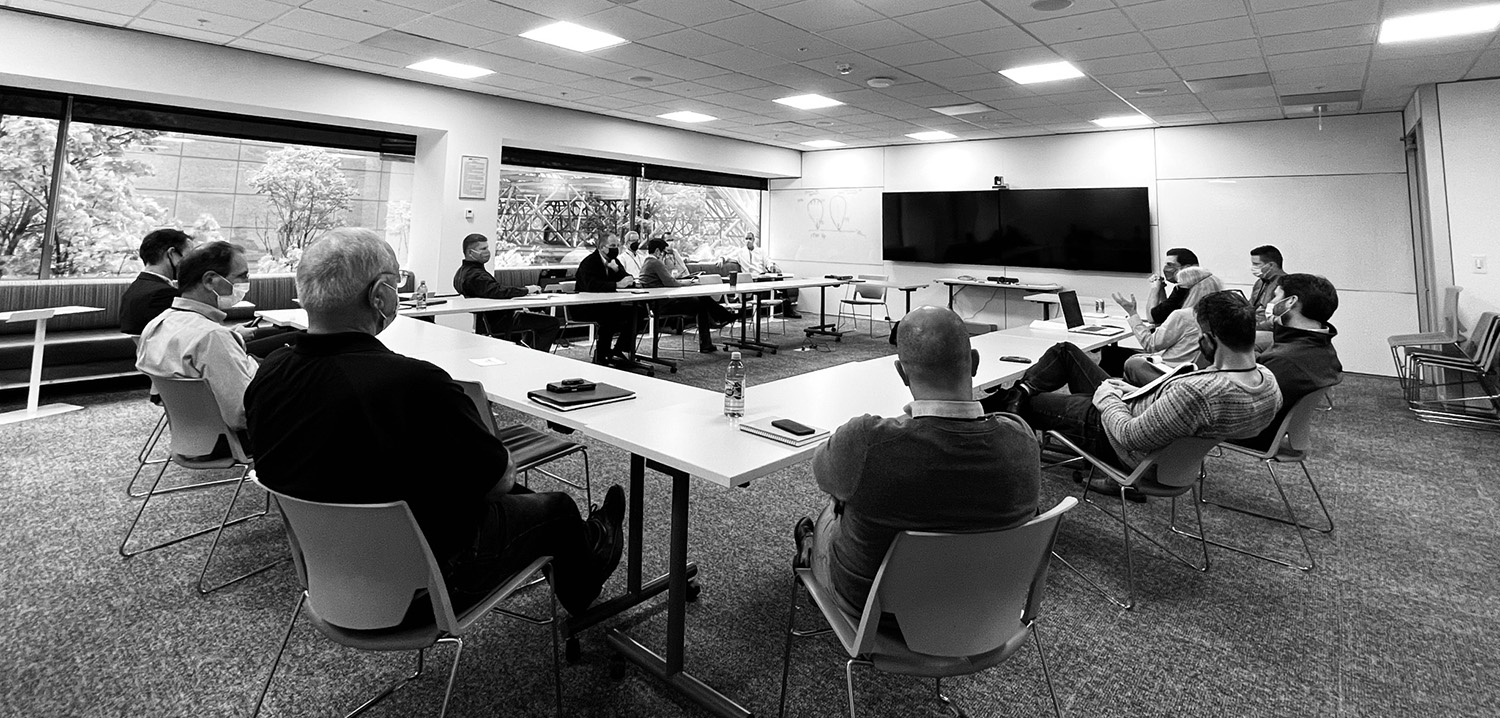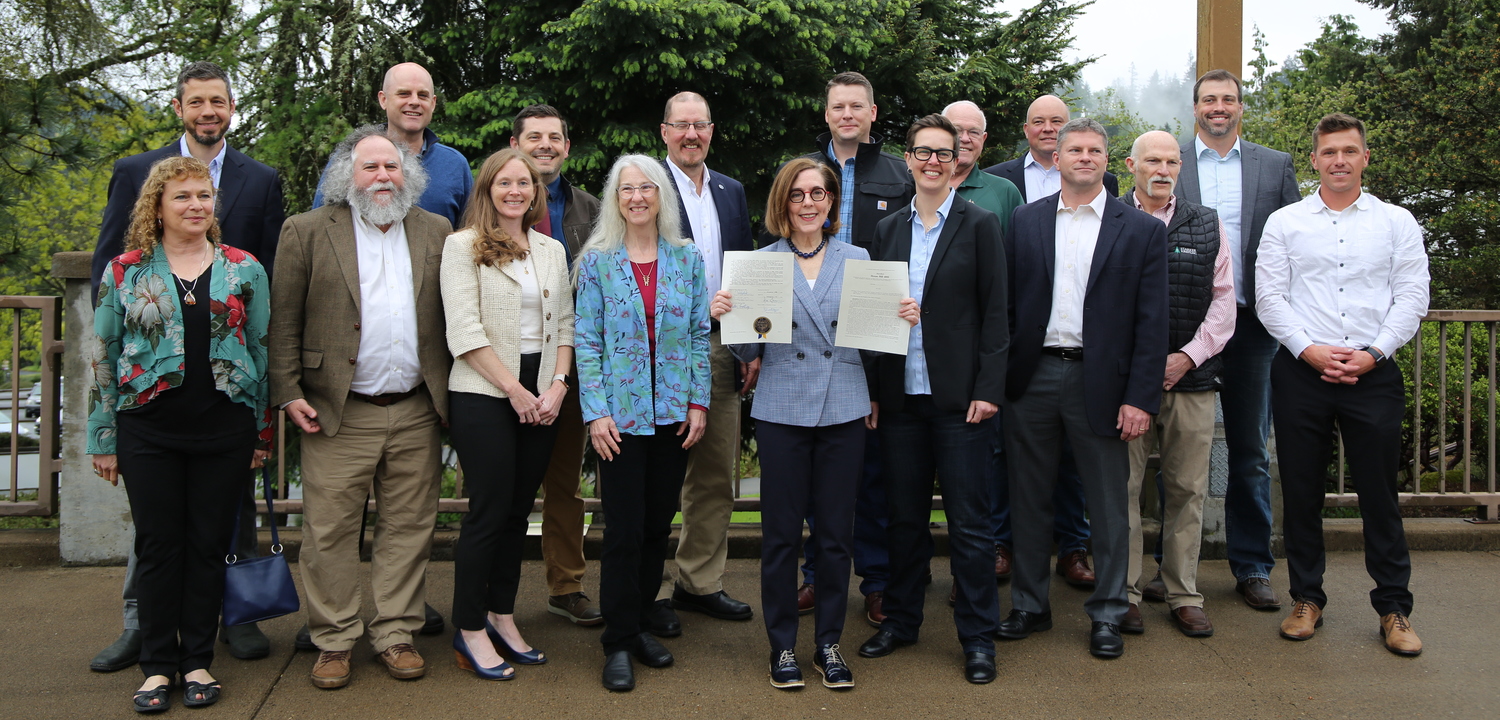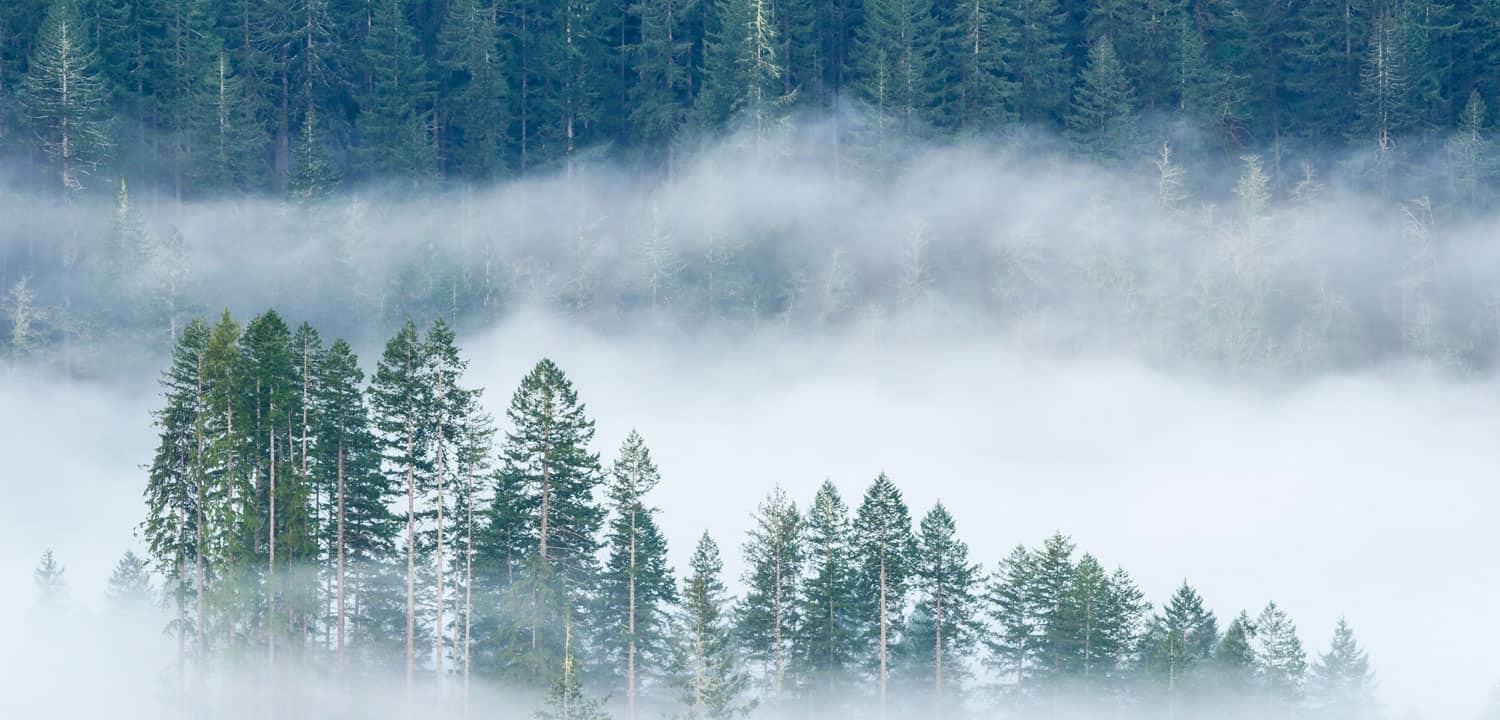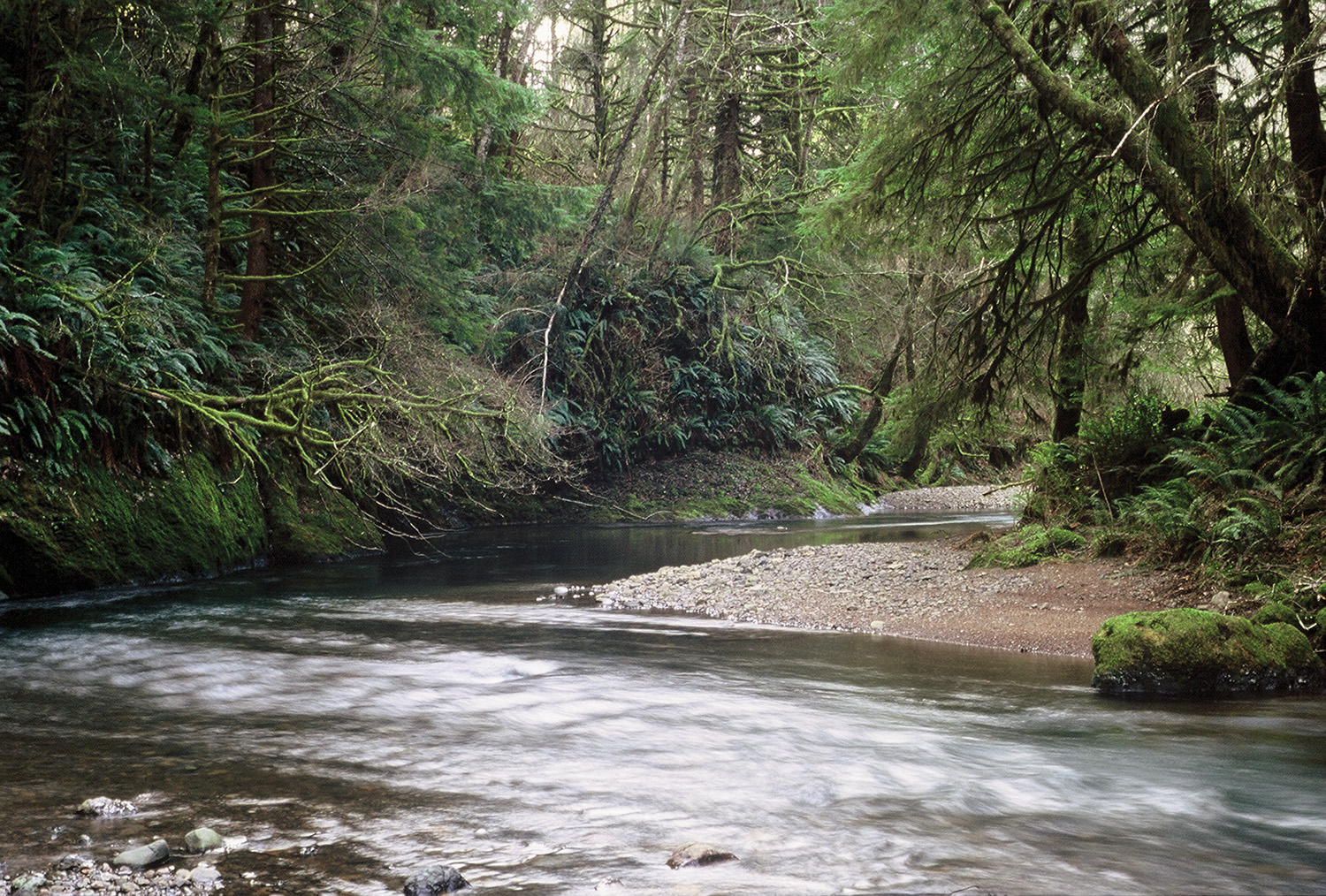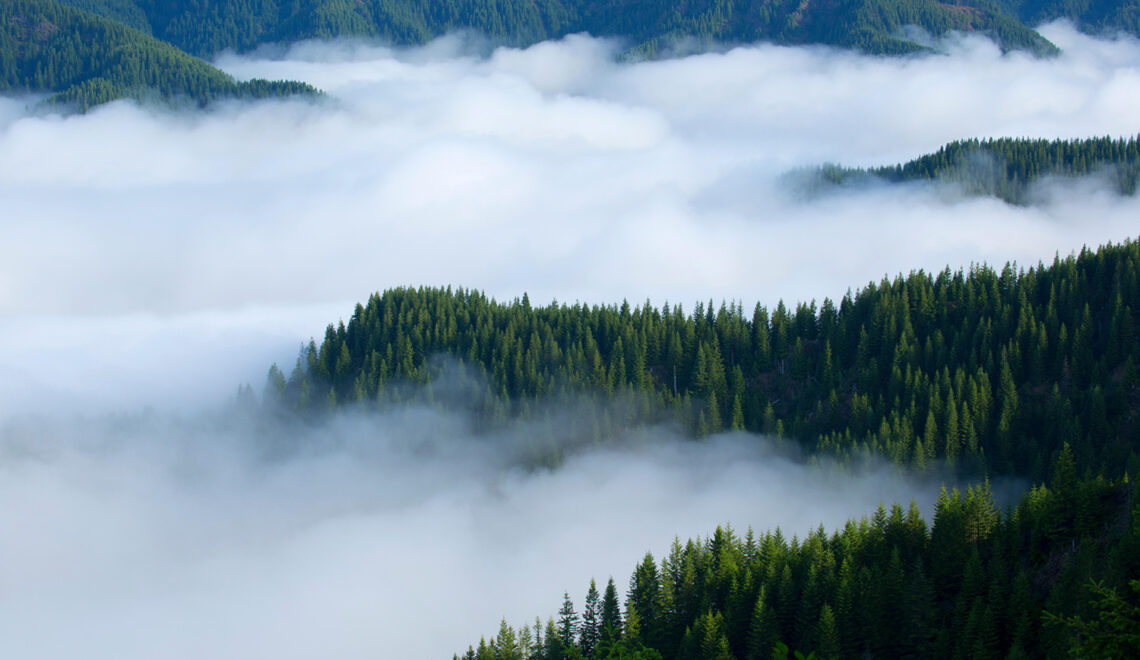Comments from the Wild Salmon Center to the Oregon Board of Forestry
January 11, 2023
Chair Kelly, Board Members, and State Forester Mukumoto:
Thank you for the opportunity to provide comments. The Wild Salmon Center is a nonprofit organization based in Oregon that works to protect and restore healthy forests and abundant clean water to support thriving wild salmon populations in the state and across the Pacific Rim. The following comments focus on two items related to the January 4th, 2023 Board meeting.
1. Consent Agenda Item E: Initiate Rulemaking on Post-Disturbance Harvest
We thank the Board and ODF staff for your ongoing commitment to the Private Forest Accord (PFA), and related regulations which were finalized this past fall. We encourage the Board and staff to continue the momentum and establish a prioritized timeline for key components of the PFA, including developing technical guidance as well as establishing the Adaptive Management Program Committee (AMPC) and the Independent Research and Science Team (IRST) that will support implementation of the new rules.
Another key element of the Private Forest Accord is the post-disturbance harvest rulemaking, which was included on the consent agenda at the January 4th meeting. Thank you for the Board’s unanimous vote of support to initiate the post-disturbance rulemaking to meet the November 30, 2025 deadline required by SB 1501.
As the Board and staff move forward with the development of this post-disturbance rulemaking, we wanted to highlight some key statutory changes in SB 1501 related to the Board’s rulemaking authority.
a. Any new post-disturbance rulemaking must be consistent with the requirements of the PFA Report or the approved PFA Habitat Conservation Plan (HCP), under new changes to ORS 527.714(4) established under SB 1501.
ORS 527.714(4) If the proposed rule would change the standards for forest practices that relate to the protection of aquatic resources, the level of protection that is desired must be consistent with:
(a) Requirements described in the Private Forest Accord Report dated February
2, 2022, and published by the State Forestry Department on February 7, 2022; or
(b) If a habitat conservation plan consistent with the Private Forest Accord
Report has been approved, the terms of the habitat conservation plan.
b. The post-disturbance rulemaking must address desired future conditions (DFC), specifically related to vegetation retention measures for streams to align with new PFA requirements, as required under OAR 629-643-000.
629-643-0000 Vegetation Retention Goals for Streams; Desired Future Conditions
(1) The purpose of this rule is to describe the vegetation retention measures for streams, the measures’ purposes, and how the measures shall be implemented. The vegetation retention requirements for streams, as described in OAR 629-643-0100 through 629-643-0500, are designed to produce desired future conditions for the wide range of stand types, channel conditions, and disturbance regimes that exist in Oregon’s forestlands.
(2) Sections (3) through (6) of this rule, including tables in OAR 629-643-0300, are effective until replaced by the Board of Forestry as part of the post-disturbance harvest rulemaking directed by section 6(2)(a), chapter 33, Oregon Laws 2022 that is to occur no later than November 30, 2025.
2. Western Oregon State Forest Habitat Conservation Plan
Additionally, we ask the Board to support a strong Habitat Conservation Plan for Western Oregon State Forests that is grounded in science, meets the requirements of state and federal law, and protects fish and wildlife for the benefit of all Oregonians.
The Wild Salmon Center asks that you support Alternative 3 with additional measures. It is the only alternative that is fully consistent with federal law and fulfills your mandate to manage state forests for the greatest permanent value.
For example, Alternative 3:
● Provides increased protection of stream temperatures by providing larger buffers on small streams, thus mitigating against the impacts of climate change on water temperatures. ● Is the only alternative that addresses known and foreseeable increases in the frequency and density of landslides and debris flows related to ODF’s clearcutting and road system. ● Requires ODF to “adopt a risk inventory and evaluation program” for roads and motorized trails in RCAs as well as set targets for vacating problematic roads at a rate equal to road construction.
In addition to Alternative 3, the following measures should be included in the final HCP:
● Include no-touch riparian buffers on non-fish-bearing seasonal streams that connect directly to fish-bearing streams. This would provide a greater chance of wood recruitment and habitat development.
● Shorten the permit period to 50 years, as contained in Alternative 4, given the climate and biodiversity crises. This would enable the Board to adjust to the effects of climate change, such as impacts to wildlife populations, stream flows and biodiversity.
● To anticipate and respond to the pressures of climate change, include an ecological, climate smart approach to reforestation that would include prescribing variable spacing (and less density), retaining non-Douglas fir trees and non-conifer trees, planting diverse species mixes that are better adapted to future predicted climate scenarios, and retaining some of the understory shrubs, especially those that support ecologically important native invertebrates and birds.
The federal Environmental Protection Agency (EPA) also supports Alternative 3. In a letter to NOAA Fisheries dated May 25, 2022, the “EPA identified concerns that the Proposed Action may have adverse impacts to water quality and aquatic resources and recommends Alternative 3 (Increased Conservation) as the preferred alternative in the Final EIS to address these concerns.”
The EPA letter contains several recommendations, including:
1. Support Conservation Action 1 to expand riparian conservation area (RCA) widths on small perennial non-fish bearing streams and seasonal non-fish bearing streams to 50 feet in the areas upstream of process protection zones in order to protect water quality and decrease stream temperatures.
2. Support Conservation Action 5 to develop a risk inventory and evaluation program for roads within proposed RCAs to identify roads that are a risk to water quality and set up a process to vacate these roads during the permit period.
While the benefits to water quality and aquatic resources in Alternative 3 are substantial, the impacts to harvest and net present value are minimal as compared to the Proposed Action. According to the Staff presentation on November 16, 2022, decadal harvest levels would be similar and remain over 2 billion board feet over the lifetime of the HCP. Net present value over the life of the HCP would differ by only $8 million, or 0.5%.
Regarding funding for local services from state forest timber revenue, we need to find solutions that stabilize funding for local tax districts and enable the state to balance the management of state forest lands for multiple benefits.
The Wild Salmon Center supports efforts to identify alternative funding solutions for local services beyond state forest timber revenues to fill any gaps that may occur in essential services as a result of reduced timber revenues from state forests.
We’ve seen that it’s possible for conservation and industry to come together under the Private Forest Accord. Collaboration is not only possible, but necessary. Now is the time to work together to forge a new path and find solutions.
Finally, the Wild Salmon Center is pleased to see the results of the Oregon Values and Beliefs Center’s Oregon Forest Management Survey that were presented at the January 5 meeting. The survey shows that Oregonians strongly support and prioritize habitat for wildlife, clean cool water for fish, and drinking water for nearby communities in Oregon state forests. These results closely align with the values expressed by the Wild Salmon Center and can help inform management decisions to determine the greatest permanent value of Oregon’s state forests for all Oregonians.
Thank you for considering these comments.
Attachment: US EPA Letter DEIS Western Oregon HCP
Continue reading
